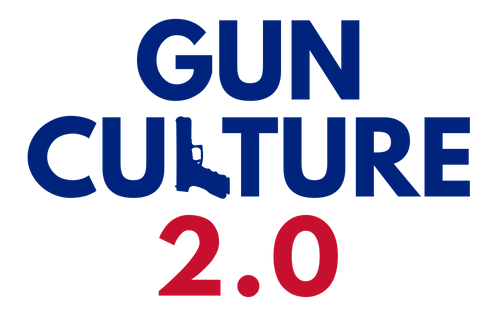This week’s “Light Over Heat” video explains a little trick I use to see through the fog produced by the mass-mediated culture of fear.
If someone says they are “seeing more X” — where X = some negative outcome with guns — I distinguish between [seeing more] and [more X].
In this day and age, we are definitely [seeing more] everything. But often what we see goes well beyond [more X].
Some additional materials on this topic:
Barry Glassner’s The Culture of Fear is the landmark book on the topic.
Dan Gardner’s takes the culture of fear concept and applies it to cognitive science in The Science of Fear: How the Culture of Fear Manipulates Your Brain.
The image in the Light Over Heat video comes from Our World In Data, “Does the news reflect what we die from?”. That article also includes the data visualization below, which shows that terrorism (of which mass public shootings are a variety), homicide, and suicide are three of the most overrepresented causes of death in the media.


Excellent work! Thank you esp for the references.
LikeLiked by 1 person
Several of the under-represented causes of death are problematic to report on, as they would require addressing the literal elephant in the room. The obesity epidemic.
LikeLike
Seems to me that Simon’s the notion of heuristics and Kahneman and Tversky’s research on errors in judgement are relevant to this discussion. The notion that decision making, such as deciding whether mass shootings are increasing, is rational is largely inaccurate. Humans tend to implicitly apply heuristics so as to make decision making more efficient, but often at the trade off of decreased accuracy. I guess we could call it the balance of speed and accuracy.
I suspect the errors we see in judgement surrounding the issue of mass shootings are an application of the availability heuristic. In essence, the availability heuristic says that people will judge the likelihood of an event or outcomes based how easy it is to retrieve it, how easily it “comes to mind.” Thus, events or situations that are easier to to recall and more likely to influence our judgement of the probability of an event, more likely to inform our beliefs and opinions of such probability. If we are deluged with information, correct or not, chances are that information will more easily come to mind and affect judgements of probability.
As you note, it is likely that as both media has become more omnipresent and certain sources recognize and utilize this process to impact judgements/opinions, people are likely to overestimate the occurrence or probability of these events. The more people hear about it, the more likely they will be to recall it (bring it to mind) and. thus, overestimate its probability. I imagine this may even result from hearing about the same incident multiple times. With the increased and frequent use of terms like gun violence and mass shooting, this heuristic makes it easy to see why people would think it is a more common occurrence.
I suppose the next issue is what can we do to overcome this tendency. Part of the problem here is likely confirmation bias. People will be more likely to seek information that confirms their existing biases or position. One way to overcome errors associated with the availability heuristic is to slow down the process and seek data/information on base rates. However, if we are prone to seeking information that confirms what we already believe, then we are less likely to seek or encounter such data.
LikeLike
[…] How to See Through the Fog of the Culture of Fear Over Bad Outcomes with Guns (Light Over Heat #54) […]
LikeLike
[…] How to See Through the Fog of the Culture of Fear Over Bad Outcomes with Guns (Light Over Heat #54) […]
LikeLike
[…] How to See Through the Fog of the Culture of Fear Over Bad Outcomes with Guns (Light Over Heat #54) […]
LikeLike